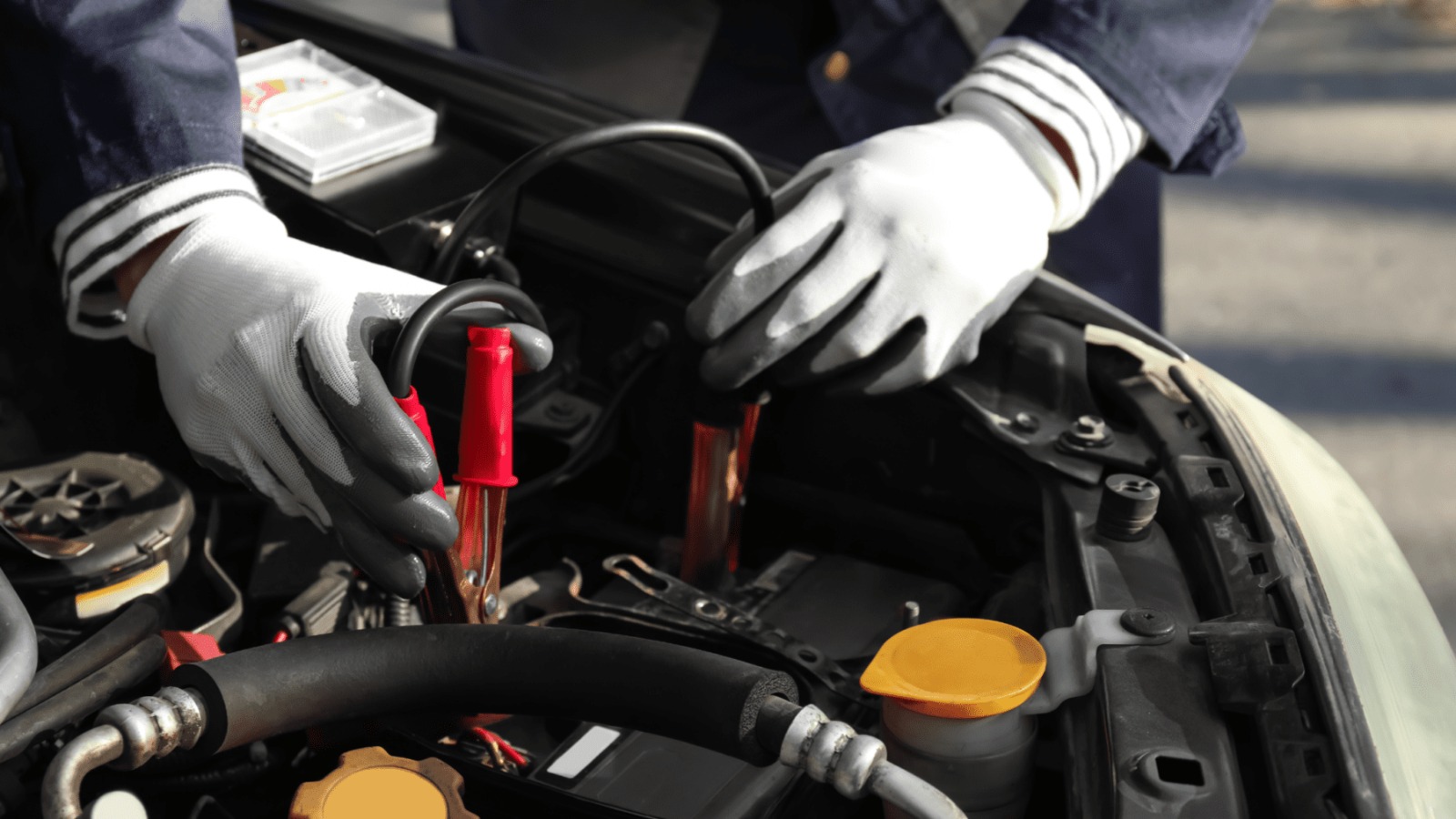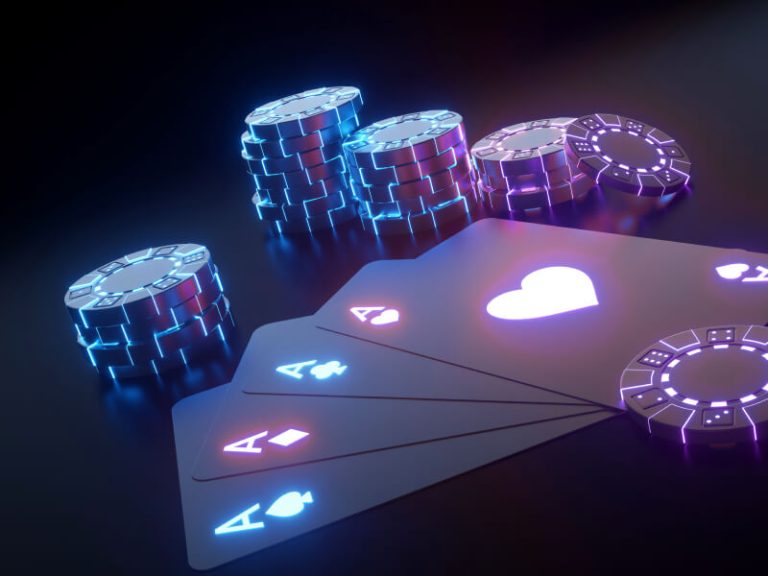The global shift toward electrification is no longer a future aspiration—it is a present-day revolution. From electric vehicles (EVs) to renewable energy storage and portable electronics, batteries are at the core of this transformation. And driving this powerful momentum are the world’s most innovative Battery Manufacturers, shaping the energy landscape with cutting-edge technologies, scalable production, and sustainability at the forefront.
The Role of Battery Manufacturers in Global Electrification
Battery manufacturers are the lifeblood of the modern energy ecosystem. Without their innovations, it would be impossible to power the next generation of electric vehicles, mobile devices, and off-grid renewable systems. These companies are not only producing energy storage solutions—they are redefining how the world generates, stores, and consumes energy.
Supporting Clean Energy Goals
Renewable energy sources like solar and wind are intermittent by nature. Battery manufacturers help bridge the gap between generation and consumption by offering high-capacity storage solutions that ensure stability and consistency. The integration of batteries into the energy grid enables nations to reduce reliance on fossil fuels and move toward their carbon neutrality goals.
Fueling the EV Market
Electric vehicles are among the most visible applications of battery innovation. Leading battery manufacturers are in direct partnership with automotive giants to supply lithium-ion cells that power EVs efficiently, safely, and for longer ranges. As consumer demand rises, battery makers are scaling their operations to meet the global appetite for zero-emission transportation.
Key Technologies Driving the Battery Manufacturing Industry
Battery manufacturers are investing heavily in R&D to push the boundaries of storage capacity, lifespan, and safety. Here’s a look at the primary technologies shaping the industry.
Lithium-Ion Dominance
Lithium-ion remains the preferred choice for most applications due to its high energy density and long lifecycle. It’s the standard in electric vehicles, laptops, smartphones, and power tools. Top battery manufacturers continue to refine lithium-ion technology by improving cell chemistry and packaging to optimize performance and safety.
Solid-State Batteries
Solid-state batteries represent the next frontier for energy storage. These batteries replace the liquid electrolyte with a solid material, reducing fire risk and potentially doubling energy density. Many battery manufacturers are investing in solid-state research to overcome current challenges around cost and scalability.
LFP and NMC Variants
Lithium iron phosphate (LFP) and nickel manganese cobalt (NMC) chemistries offer distinct benefits. While LFP provides better thermal stability and longer cycle life, NMC delivers higher energy density. Battery manufacturers choose between them based on application needs—LFP for grid storage and NMC for performance EVs.
Global Leaders Among Battery Manufacturers
The competitive landscape is filled with both long-established giants and disruptive newcomers. Let’s examine some of the leading battery manufacturers shaping the industry.
CATL (Contemporary Amperex Technology Co. Limited)
China’s CATL is the largest battery manufacturer globally, serving clients like Tesla, BMW, and Hyundai. CATL is known for its rapid innovation, extensive R&D investment, and mass production capabilities.
LG Energy Solution
South Korea’s LG Energy Solution is another major player, with a significant footprint in both EV and stationary storage sectors. Their focus on lithium-ion and next-gen battery technologies keeps them at the forefront of the market.
Panasonic
As a long-time supplier for Tesla, Panasonic plays a crucial role in the EV supply chain. With factories in both Japan and the United States, Panasonic continues to develop high-performance cells optimized for electric mobility.
Samsung SDI
Samsung SDI focuses on advanced battery materials and high-energy-density solutions. They are making strides in solid-state battery development and are a preferred supplier for premium EVs and industrial applications.
BYD
Not just an automaker, BYD is a powerhouse among battery manufacturers. Their vertically integrated approach allows them to control the entire battery supply chain, from raw material sourcing to cell production.
The Manufacturing Process: From Raw Materials to Battery Packs
Understanding how battery manufacturers operate provides insight into the complexity and precision required in the industry.
Raw Material Procurement
Key components like lithium, cobalt, nickel, and manganese are sourced from global suppliers. Ethical sourcing and supply chain transparency are becoming critical factors as manufacturers strive to meet ESG standards.
Cell Design and Production
Battery manufacturers use advanced techniques to engineer cells—either cylindrical, prismatic, or pouch types. Each design has trade-offs in cost, energy density, and thermal management, depending on the use case.
Battery Pack Assembly
Cells are grouped into modules and then assembled into packs. Battery management systems (BMS) are integrated to monitor and optimize performance, temperature, and safety throughout the battery’s life.
Quality Assurance and Testing
Rigorous testing ensures the final product meets safety, durability, and efficiency standards. Battery manufacturers invest in automation and AI-driven inspection systems to minimize defects and improve throughput.
Challenges Facing Battery Manufacturers Today
Despite rapid growth, battery manufacturers must overcome several hurdles to keep pace with global demand.
Supply Chain Constraints
The race to secure critical minerals like lithium and cobalt is intensifying. Battery manufacturers are exploring recycling and alternative chemistries to reduce dependency on volatile supply chains.
Environmental Impact
Battery production is resource-intensive. Forward-thinking battery manufacturers are adopting green manufacturing practices, such as using renewable energy, reducing water consumption, and implementing closed-loop recycling.
Cost Pressures
As EVs move toward price parity with internal combustion vehicles, battery cost reduction is key. Manufacturers are working to lower production costs through economies of scale, automation, and improved energy efficiency.
Technological Bottlenecks
Developing solid-state batteries and next-generation chemistries is complex. Battery manufacturers must balance innovation with reliability and commercial viability, all while meeting stringent regulatory standards.
The Rise of Localized Gigafactories
Battery manufacturers are localizing production through gigafactories—massive facilities dedicated to high-volume battery cell production.
Strategic Geographic Expansion
To reduce transportation costs and political risk, companies are building gigafactories near automakers and end-user markets. Europe and North America have seen a surge in new plants from Asian battery manufacturers.
Boosting Regional Economies
These gigafactories create jobs, stimulate local economies, and drive regional innovation ecosystems. Governments are also incentivizing battery manufacturers through subsidies and tax breaks.
Sustainability and the Circular Economy
Battery manufacturers are under pressure to align with global sustainability standards. Embracing a circular economy model helps mitigate environmental impact.
Battery Recycling
Used batteries can be repurposed for secondary applications or recycled for valuable materials. Companies are investing in closed-loop recycling systems to recover lithium, cobalt, and other metals efficiently.
Second-Life Applications
Battery manufacturers are collaborating with renewable energy companies to deploy second-life batteries in grid storage and backup power systems. This extends the battery’s utility and reduces waste.
Green Certifications and Compliance
Environmental certifications such as ISO 14001 and compliance with RoHS and REACH standards help battery manufacturers demonstrate environmental responsibility to customers and stakeholders.
Innovations Shaping the Future of Battery Manufacturing
The battery industry is in constant evolution. The most forward-looking battery manufacturers are focusing on:
AI-Driven Manufacturing
Artificial intelligence and machine learning optimize production processes, improve yield rates, and reduce downtime. Predictive maintenance and real-time quality control are transforming factory floors.
Advanced Materials
Graphene, silicon anodes, and lithium-sulfur chemistries promise to push the boundaries of performance. Battery manufacturers are partnering with academic institutions and startups to fast-track these innovations.
3D Printing and Additive Manufacturing
These techniques allow battery manufacturers to prototype and produce complex cell structures with greater efficiency and less waste, paving the way for customizable energy storage solutions.
How Battery Manufacturers Are Adapting to Market Demands
With new use cases emerging in drones, marine transport, aviation, and smart cities, battery manufacturers are diversifying their offerings to remain competitive.
Custom Battery Solutions
Tailored battery packs for niche industries like medical devices, aerospace, and IoT are gaining traction. Battery manufacturers are developing flexible production lines to accommodate custom requirements.
Integrated Energy Systems
Beyond individual cells or packs, battery manufacturers are offering turnkey energy systems, including inverters, software, and monitoring tools—especially valuable in solar and backup power applications.
Collaborations and Mergers
Strategic partnerships between automakers, tech firms, and battery manufacturers are accelerating innovation and deployment. Mergers and acquisitions are also consolidating capabilities to compete on a global scale.
Conclusion: Powering the Future
Battery manufacturers are undeniably at the forefront of the electrification revolution. Their relentless pursuit of innovation, efficiency, and sustainability is not only powering the devices and vehicles we use every day but is also shaping the future of global energy. As the world moves rapidly toward a cleaner, smarter, and more connected future, the role of battery manufacturers will only grow more pivotal—with limitless opportunities for transformation, investment, and impact.
From reshaping mobility to enabling renewable energy, the influence of battery manufacturers is el



